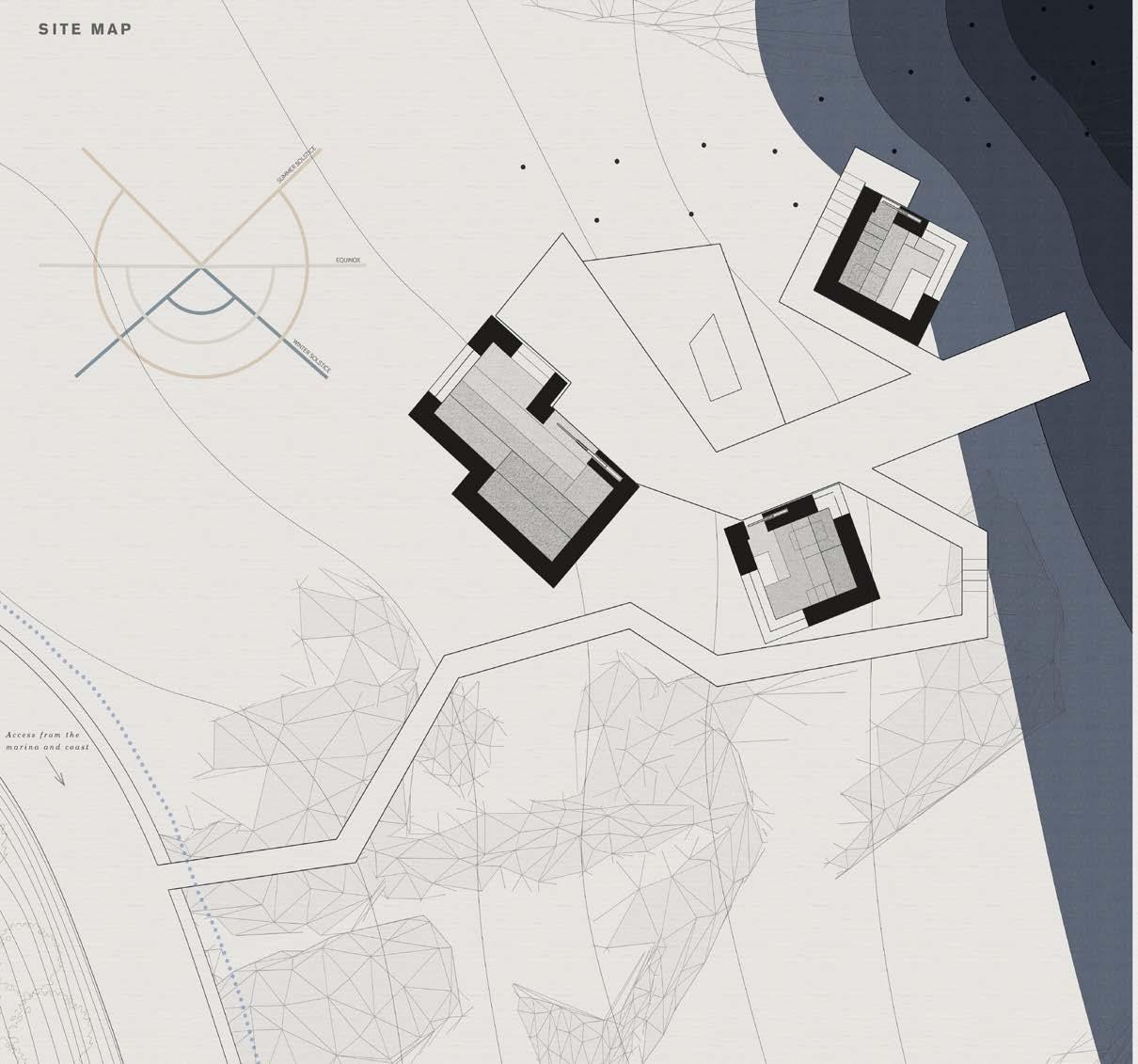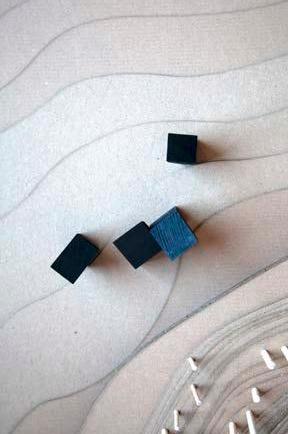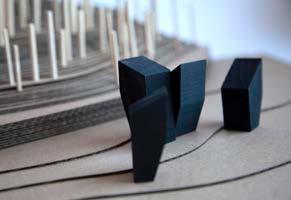
2 minute read
Forager’s Retreat
Conwy, Wales
The coastal town of Conwy relies heavily on traditional seaside tourism, making it particularly vulnerable to changes in recreational habits. However, the surrounding landscape has great diversity in natural habitats, ranging from tidal waters to dense forest and hedgerows, all of which offer up wild ingredients to the vigilant forager.
Advertisement
Forager’s Retreat aspires to encourage ecotourism in Conwy by connecting visitors with their natural surroundings, through collecting wild food and cooking on an open fire. The scheme also proposes to incorporate a mussel farm within jetty of the small building complex, encouraging greater biodiversity and cleaner water.
A site was chosen at a point where a woodland meets a rocky peninsular, creating an ideal opportunity for a visually striking piece of architecture that celebrates the rhythms of nature and the seasons.
A study was also undertaken to understand the genius loci of Conwy, looking at the different phenomena that make up the character of the area, such as texture, stratification, patina, landscape, vernacular and memory.
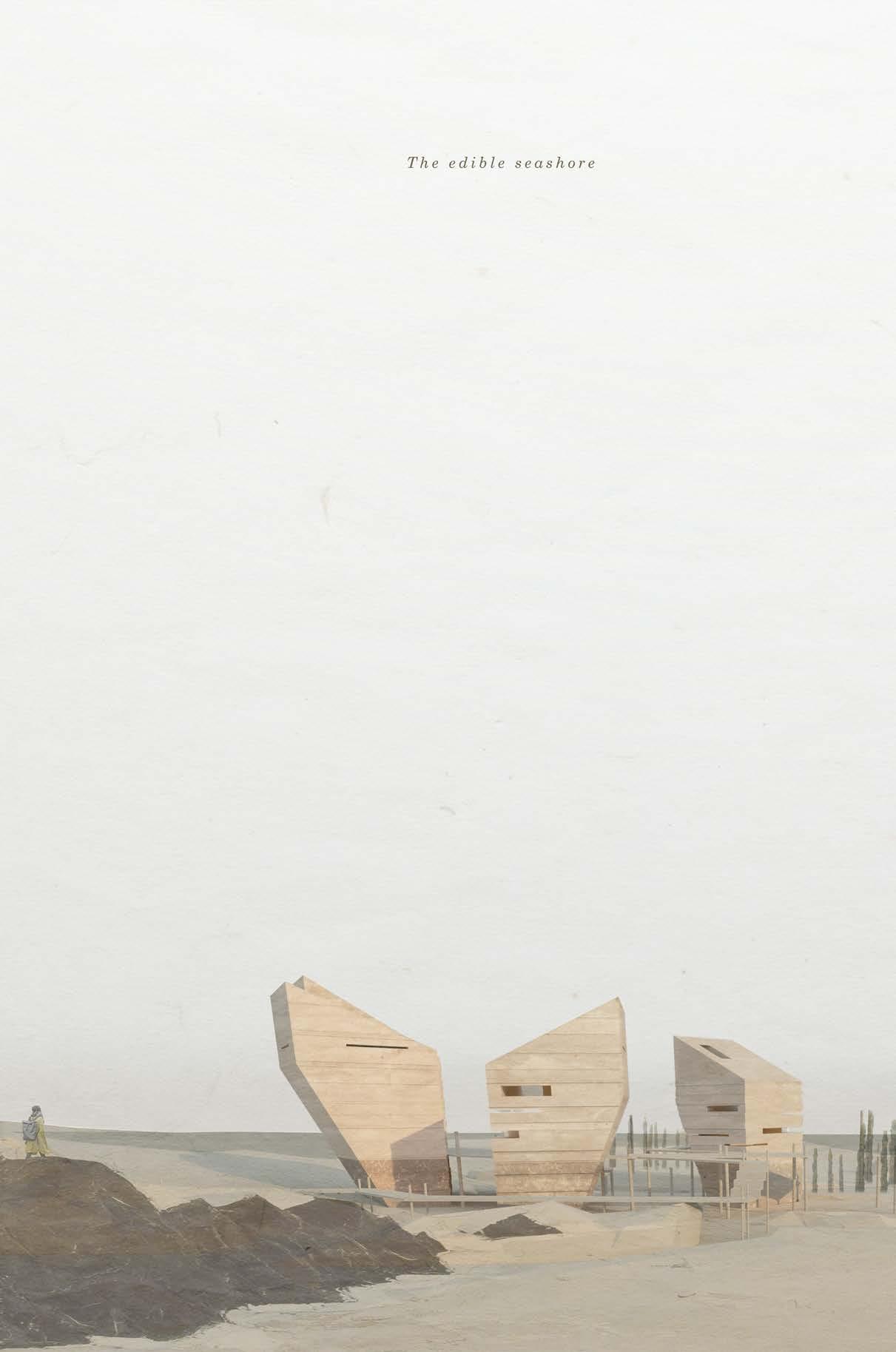
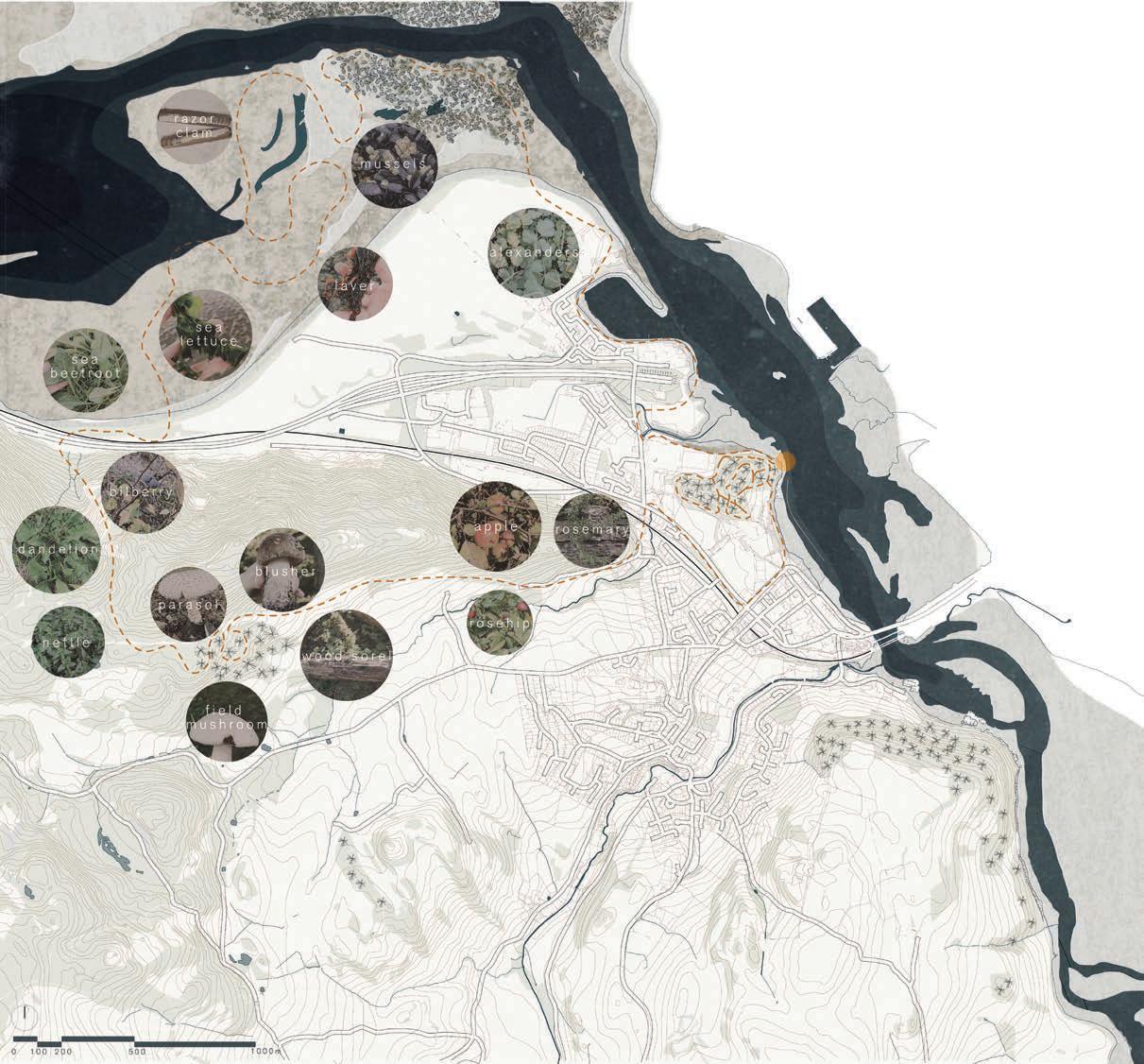




Initial conceptual design was inspired by the sculptural works of Sean Scully; layered horizontal elements create bold structures within the landscape. The rock, sand and marine life in Conwy can often be seen in layers that share a relationship to one another, presenting an opportunity to explore such themes in an architectural form. Concept models explored ways in which these layers could be sculpted to create contrasting smooth and textured surfaces. Different iterations were tested to establish the spatial relationship between the forms; framing views across the water and creating a sense of enclosure. The buildings are designed to appear as an extension of the rocky outcrop, breaking up into the estuary. Their small footprint ensures minimal disturbance to the river bed.
